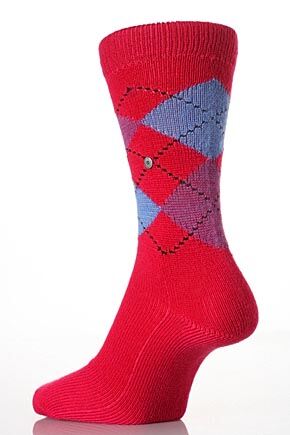It is very easy to glam up your soiree on a budget. Here are a few tips on throwing a fancy party on a budget:
Light it
up. For evening affairs, it is amazing what the right lighting can do.
Candles provide a great glow that makes everything look more elegant and more
beautiful – including people! (Your guests will thank you for that). Arrange
them in clusters or individually, take advantage of mirrors that may amplify
the effect, and create extra drama by arranging them at different heights.
Alternatively (or together with the candles), if you have dimmers on your
lights, turn them down till you get just the right level.
Find your
green thumb. Well, you don’t really need a green thumb for this, but adding
flowers can add some elegance to any event. There is no need to go overboard on
this - you can arrange a bunch of long stem roses in a prominent place where
the light picks it up, or in front of a mirror. You can also have single stems
in bud vases spread out on tables in the room. For dinner, a great idea is to
cut the stems short and arrange them very tightly in short vase – square or
rectangular work well, but a round one works just as well. The idea is to have
them arranged tightly.
Keep it
Simple. With your candles, flowers, crisp linen, and stylish stemware, you
can create an elegant look very inexpensively. Your guests will notice the
ambience, not the price tag. When shopping for décor elements, choose one theme
and run with it. Discount stores, thrift stores and party supply stores are a
good resource for finding inexpensive decorations, but you will be surprised at
how much you already have in your garage or other storage. Look for what
useable things you have first, and remember that you can be innovative in your
‘adaptive reuse’ of what you have. Beware of mixing kitschy and cheesy with
elegant! Go for fewer items that will make the most impact.
Presentation,
presentation. This is one of my favorite tips. No one has to know the food
and drink is cheap – glam it up and make it pop! I serve water out of my
filter, but in an elegant pitcher with some ice and slices of lemon, or
cucumber, or sprigs of rosemary…you get the drift. People eat with their eyes
first, so use beautiful platters and garnish the food to make it interesting.
When it comes to platter and plates, I am partial to stark white plates with
unique architectural details. Decanters always look great on any table and add
something extra to inexpensive wine – except for the taste…
Use a
time machine. Talking about wine – a not-exactly-inexpensive way to improve
the taste of wine is The Perfect Sommelier ($40, theperfectsommelier.com),
which transforms a wine’s molecules to help it age and mature in about 30
minutes. This will help save you some money down the line. A great investment,
if you ask me.












